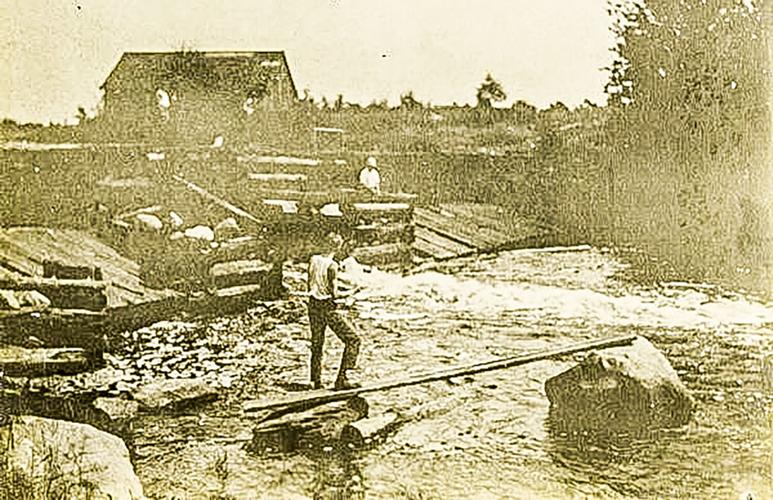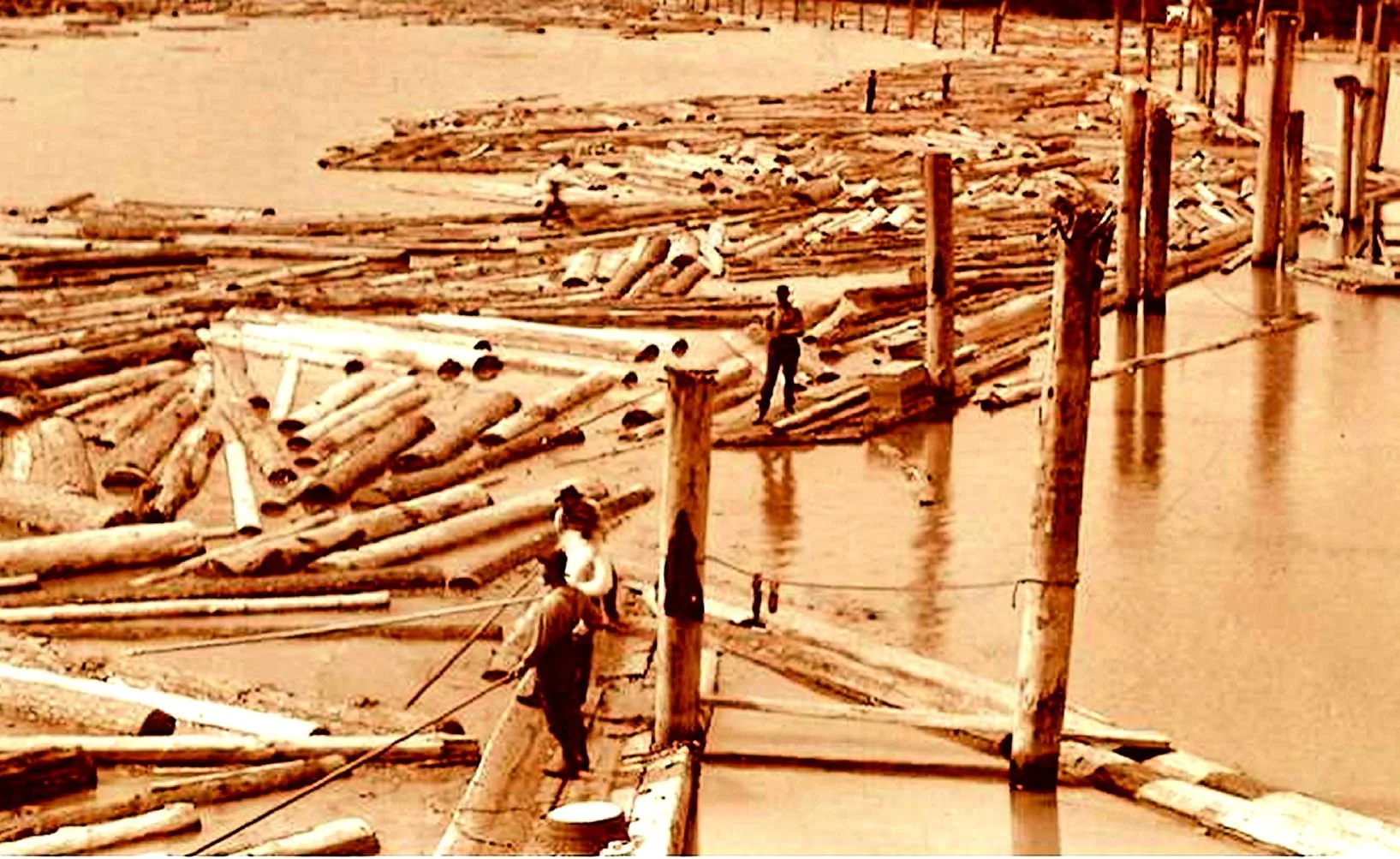 People, passion, perseverance: the Canadian Forest Service, from humble beginnings to a world-leading science hub. It all started back in 1899 with just one person and a budget of $1,000. That’s how the Canadian Forest Service (CFS) got its humble beginnings as the Forestry Dominion of Canada. Fast forward 125 years, and it’s grown into a world-leading, science-driven government sector with impressive research centres, two research forests and hundreds of passionate people. …CFS scientists study some of the most pressing issues of our times: from assessing wildfires to managing pests, studying climate change to calculating carbon management. …In 125 years, CFS researchers have evolved from simply counting tree rings to uncovering the fascinating stories they tell. …Tony Trofymow from the Pacific Forestry Centre recently documented the stories found within a massive 460-year-old Douglas-fir disk. Focusing on the tree’s exact location, Tony incorporated forest ecology, settler timelines, and Indigenous knowledge from three different First Nations.
People, passion, perseverance: the Canadian Forest Service, from humble beginnings to a world-leading science hub. It all started back in 1899 with just one person and a budget of $1,000. That’s how the Canadian Forest Service (CFS) got its humble beginnings as the Forestry Dominion of Canada. Fast forward 125 years, and it’s grown into a world-leading, science-driven government sector with impressive research centres, two research forests and hundreds of passionate people. …CFS scientists study some of the most pressing issues of our times: from assessing wildfires to managing pests, studying climate change to calculating carbon management. …In 125 years, CFS researchers have evolved from simply counting tree rings to uncovering the fascinating stories they tell. …Tony Trofymow from the Pacific Forestry Centre recently documented the stories found within a massive 460-year-old Douglas-fir disk. Focusing on the tree’s exact location, Tony incorporated forest ecology, settler timelines, and Indigenous knowledge from three different First Nations.
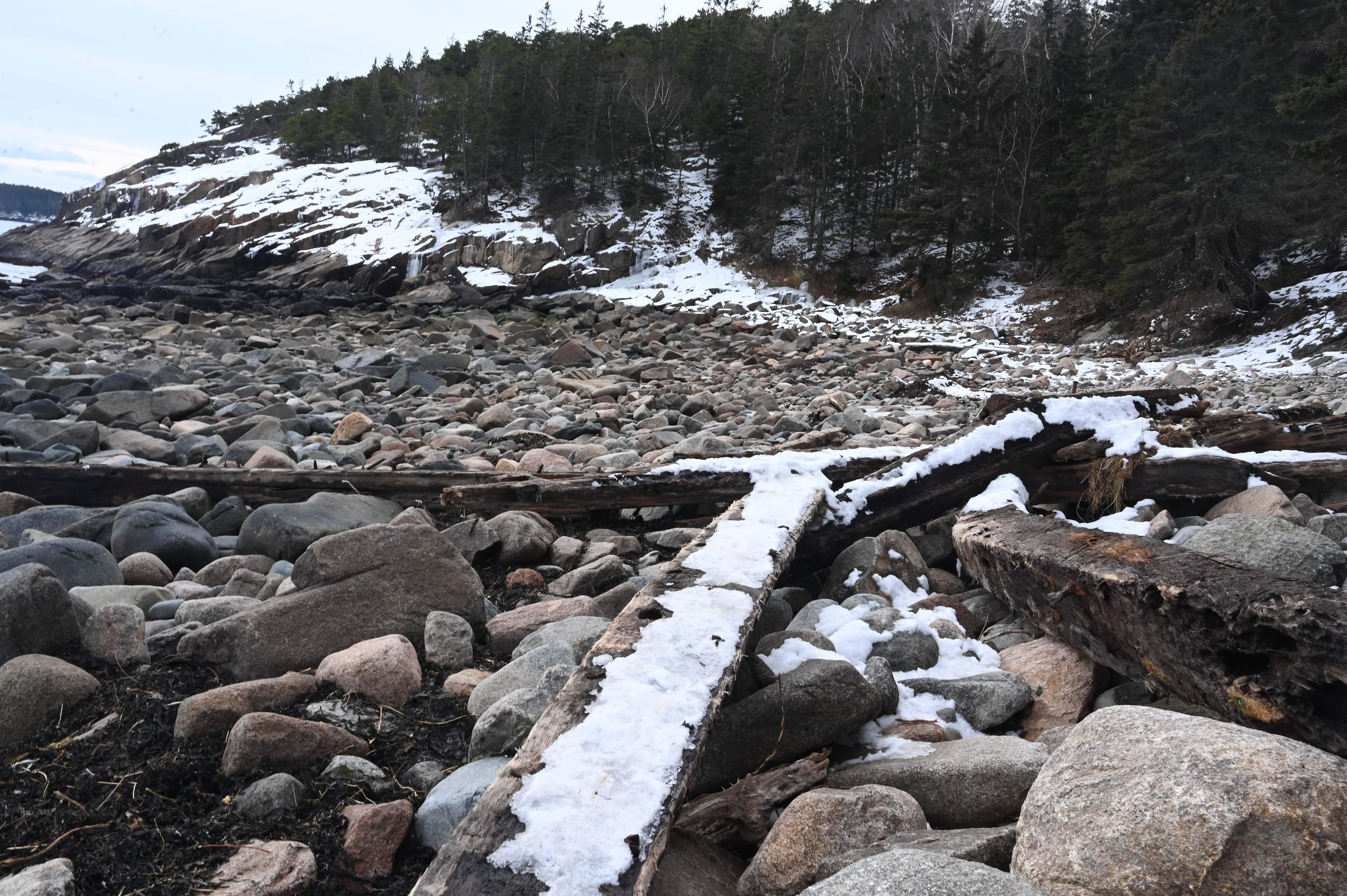





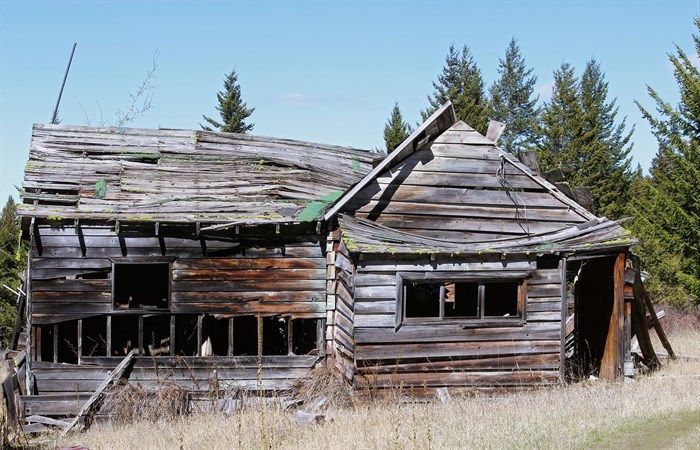
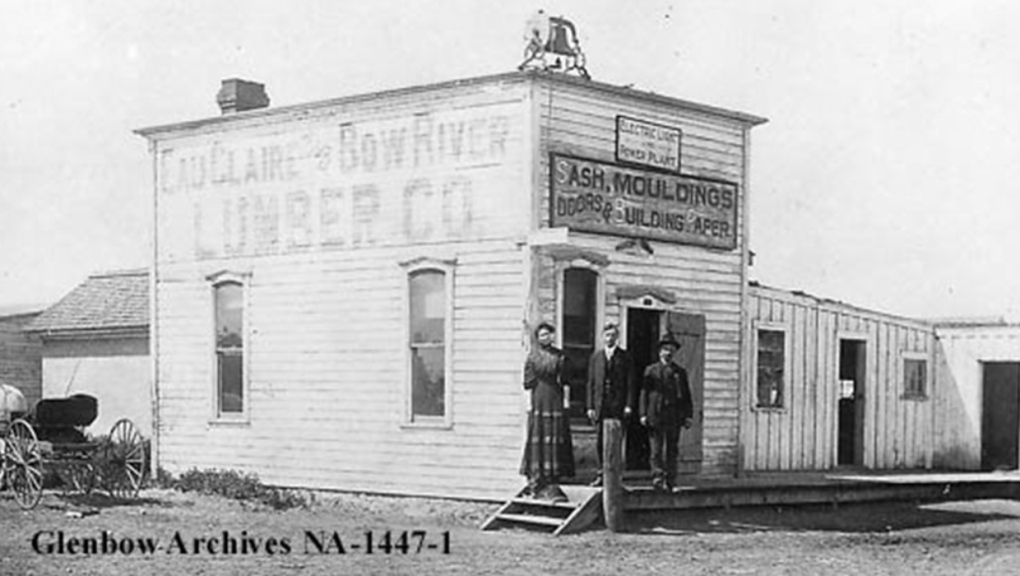

 You know me from your daily Tree Frog News email, but today, I’m advocating for something different: membership in the Forest History Association of BC. As the newest member of the board, I want to drive up our membership numbers! Our organization is passionate about preserving and sharing the rich history of British Columbia’s forests and the hardworking individuals who have contributed to the sector over the years. Together we cooperate with libraries, museums, and archives throughout the province to collect, describe, conserve, digitize, curate and communicate forest history. Our mission is clear: to ensure that the legacy of BC’s forests lives on for generations to come. But we can’t do it alone.
You know me from your daily Tree Frog News email, but today, I’m advocating for something different: membership in the Forest History Association of BC. As the newest member of the board, I want to drive up our membership numbers! Our organization is passionate about preserving and sharing the rich history of British Columbia’s forests and the hardworking individuals who have contributed to the sector over the years. Together we cooperate with libraries, museums, and archives throughout the province to collect, describe, conserve, digitize, curate and communicate forest history. Our mission is clear: to ensure that the legacy of BC’s forests lives on for generations to come. But we can’t do it alone.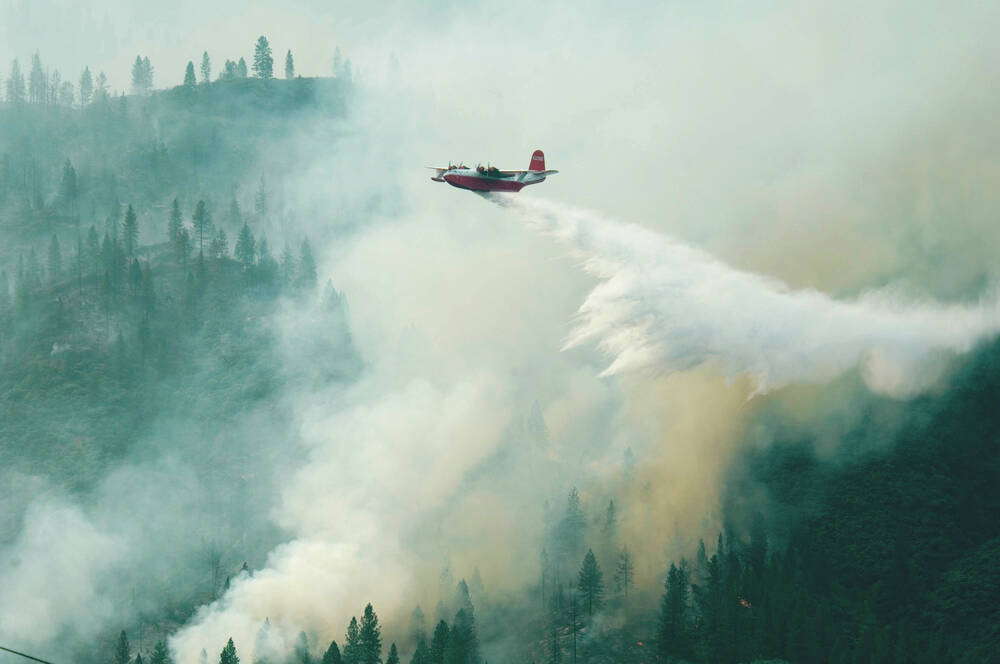
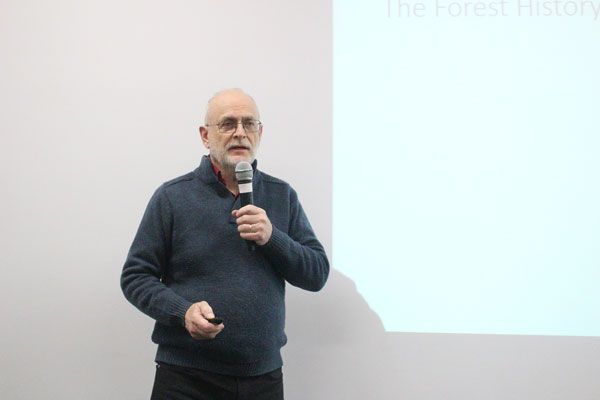
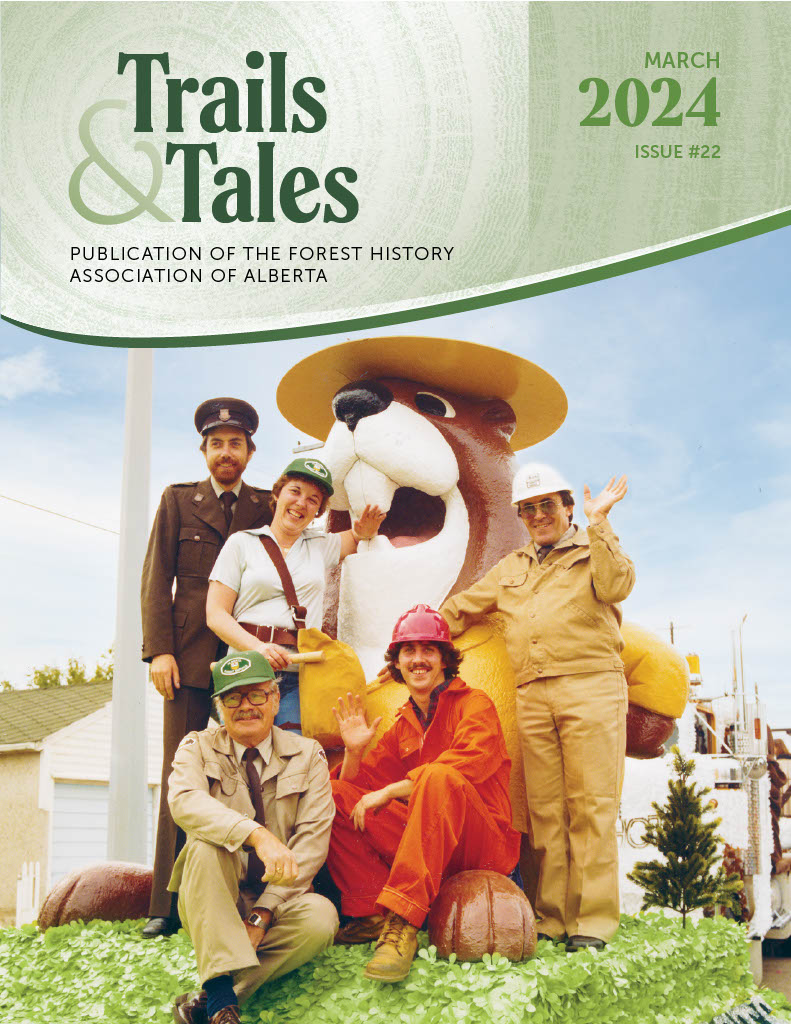

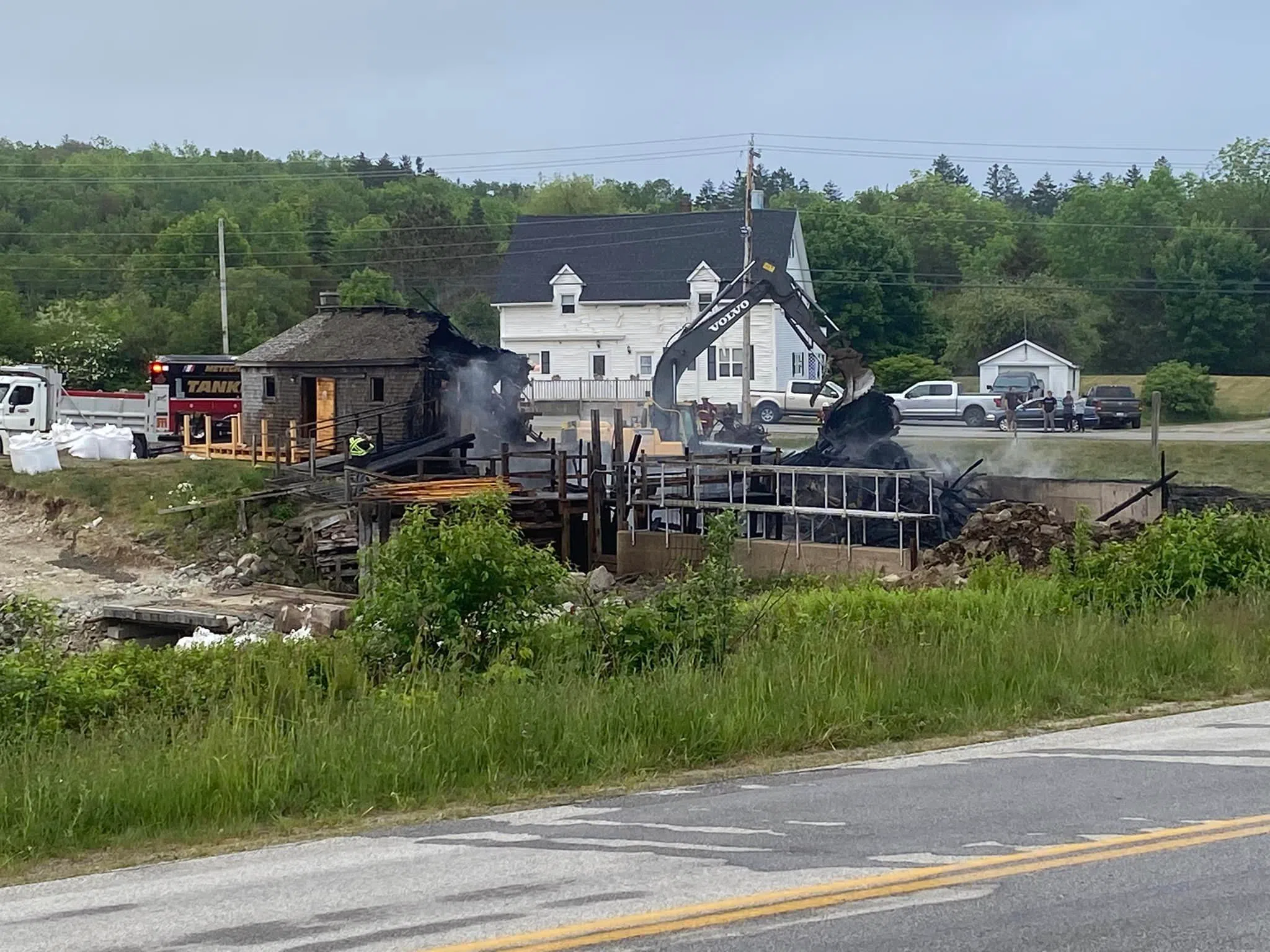


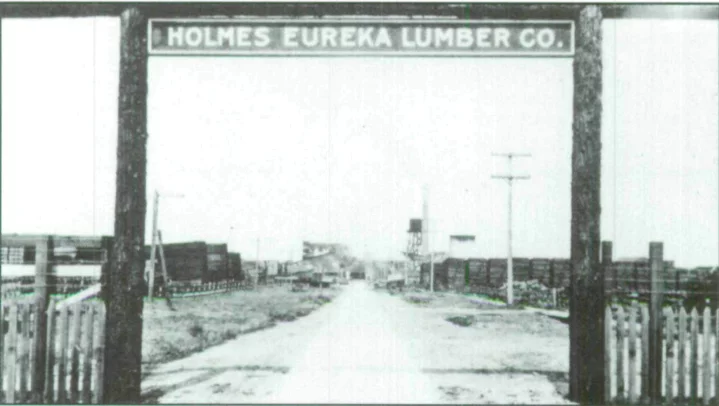




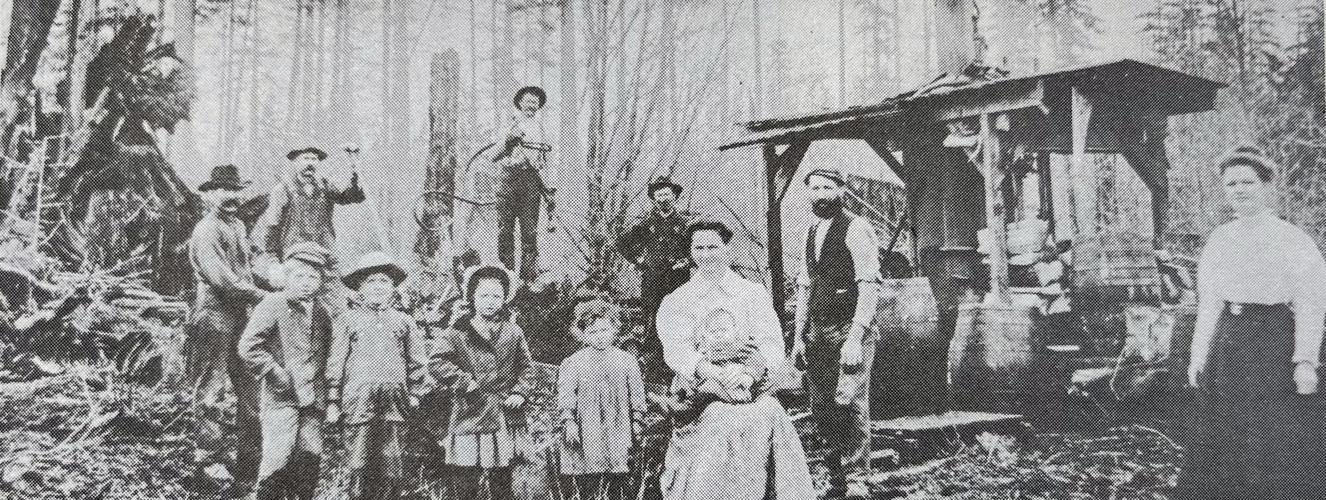





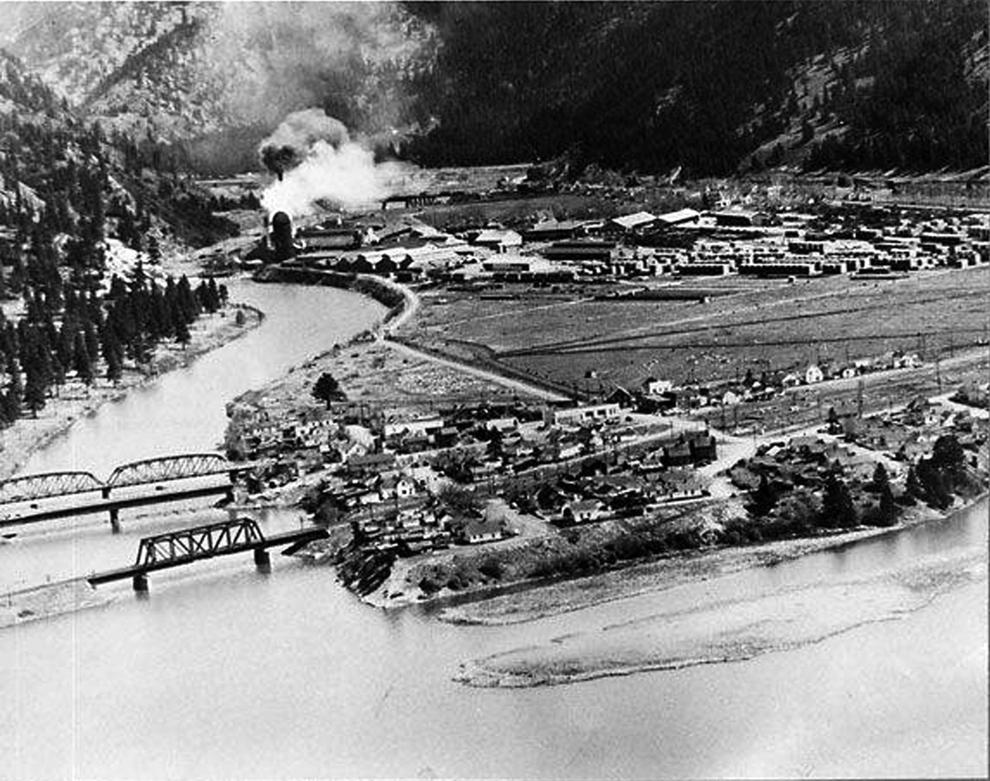



 DULUTH TOWNSHIP, Minnesota — By the 1880′s the 19th century lumber barons had clearcut their way from Maine to the Northland. Tom’s Logging Camp on Highway 61 is part tourist trap and tribute to the Swedish, Norwegian, and Finnish immigrants who filled the real logging camps of the past century. …A tour of Tom’s Logging Camp starts with a stop at horseshoeing stall. Everything in camp was either people or horse-powered. If the ground was soft, the horses leased for the winter from local farmers wore bog shoes. …After a long day in the cold woods, the loggers found rest in the bunkhouse where rookies got stuck with the bottom bunk. “They got the bottom bunk because it was not warm enough but the bedbugs would fall on you from the top bunk,” said Bill. Top dog in camp at the top of the pay scale was the head cook. He got 60 dollars a month.
DULUTH TOWNSHIP, Minnesota — By the 1880′s the 19th century lumber barons had clearcut their way from Maine to the Northland. Tom’s Logging Camp on Highway 61 is part tourist trap and tribute to the Swedish, Norwegian, and Finnish immigrants who filled the real logging camps of the past century. …A tour of Tom’s Logging Camp starts with a stop at horseshoeing stall. Everything in camp was either people or horse-powered. If the ground was soft, the horses leased for the winter from local farmers wore bog shoes. …After a long day in the cold woods, the loggers found rest in the bunkhouse where rookies got stuck with the bottom bunk. “They got the bottom bunk because it was not warm enough but the bedbugs would fall on you from the top bunk,” said Bill. Top dog in camp at the top of the pay scale was the head cook. He got 60 dollars a month.

